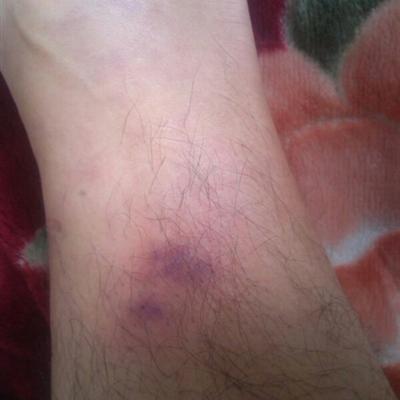What is the cause of neovascular glaucoma
summary
Glaucoma is a common ophthalmic disease in our life. It not only occurs in the elderly, but also in the newborn. There are many reasons for neovascular glaucoma, which may be caused by more than 40 different diseases. Causes of neovascular glaucoma include the following aspects, please see the specific introduction.
What is the cause of neovascular glaucoma
1、 Diabetes. About 22% of proliferative diabetic retinopathy (PDR) has neovascular glaucoma, 15% of type 1 diabetes mellitus (DM) has proliferative retinopathy, and 80% of type 2 diabetes mellitus (DM) has macular disease. Almost all adult bilateral neovascular glaucoma or iris neovascularization are caused by diabetic retinopathy, but the occurrence of retinopathy is related to the time of iris neovascularization or glaucoma Unclear interval, cataract surgery, vitreoretinal surgery are more prone to neovascular glaucoma, mainly related to the original diabetic retinopathy and retinal hypoxia.
2、 Central retinal vein occlusion. Central retinal vein occlusion can be divided into ischemic type (25%) and non ischemic type (75%) according to whether there is retinal ischemia or not. In the natural course of disease, none of non ischemic type develops into neovascular glaucoma, while 18% - 60% of ischemic type occurs, mostly in 2-3 months after occlusion, and 80% of cases occur within 6 months. Fundus fluorescein angiography is mainly used to show whether there is retinal net Diabetes is a risk factor, and diabetes is also a risk factor of central retinal vein occlusion. Primary open-angle glaucoma is related to central retinal vein occlusion, which is considered to be caused by mechanical pressure As a risk factor for primary open angle glaucoma.
3、 Other diseases accompanied. The most common ocular diseases associated with neovascular glaucoma include central retinal artery occlusion, intraocular tumors such as malignant melanoma, iris neovascularization of retinoblastoma, iris neovascularization after vitreoretinal surgery, Coats disease, periphlebitis and sickle cell disease; Other eye diseases include chronic uveitis, retinopathy of prematurity, iris heterochromatism, exfoliation syndrome, scleritis, endophthalmitis, sympathetic ophthalmia, optic neurofibromatosis, primary iris atrophy, reticular histiocytic sarcoma, metastatic cancer, eye trauma, Sturge Weber syndrome with choroidal hemangioma, and even extraocular vascular diseases after cataract extraction Diseases such as carotid artery occlusion, carotid cavernous fistula, pulseless disease, giant cell arteritis are also the causes of neovascular glaucoma.
matters needing attention
These are the causes of neovascular glaucoma. Retinal ischemia, capillary and vein occlusion lead to retinal hypoxia. If the hypoxic cells do not die, they will produce angiogenic factor or vascular stimulating factor, which can diffuse to the anterior eye and stimulate iris to form neovascularization. Hypoxia metabolism leads to neovascularization.













